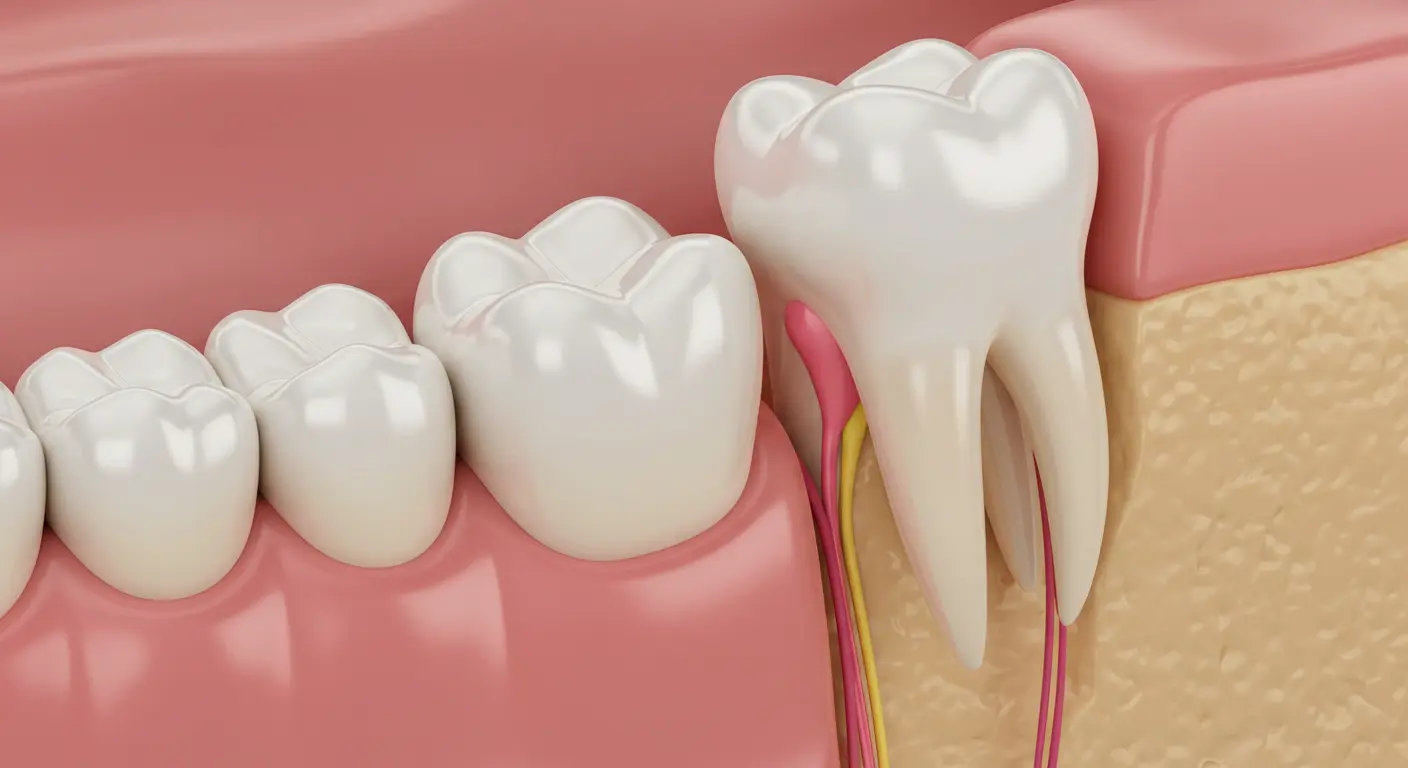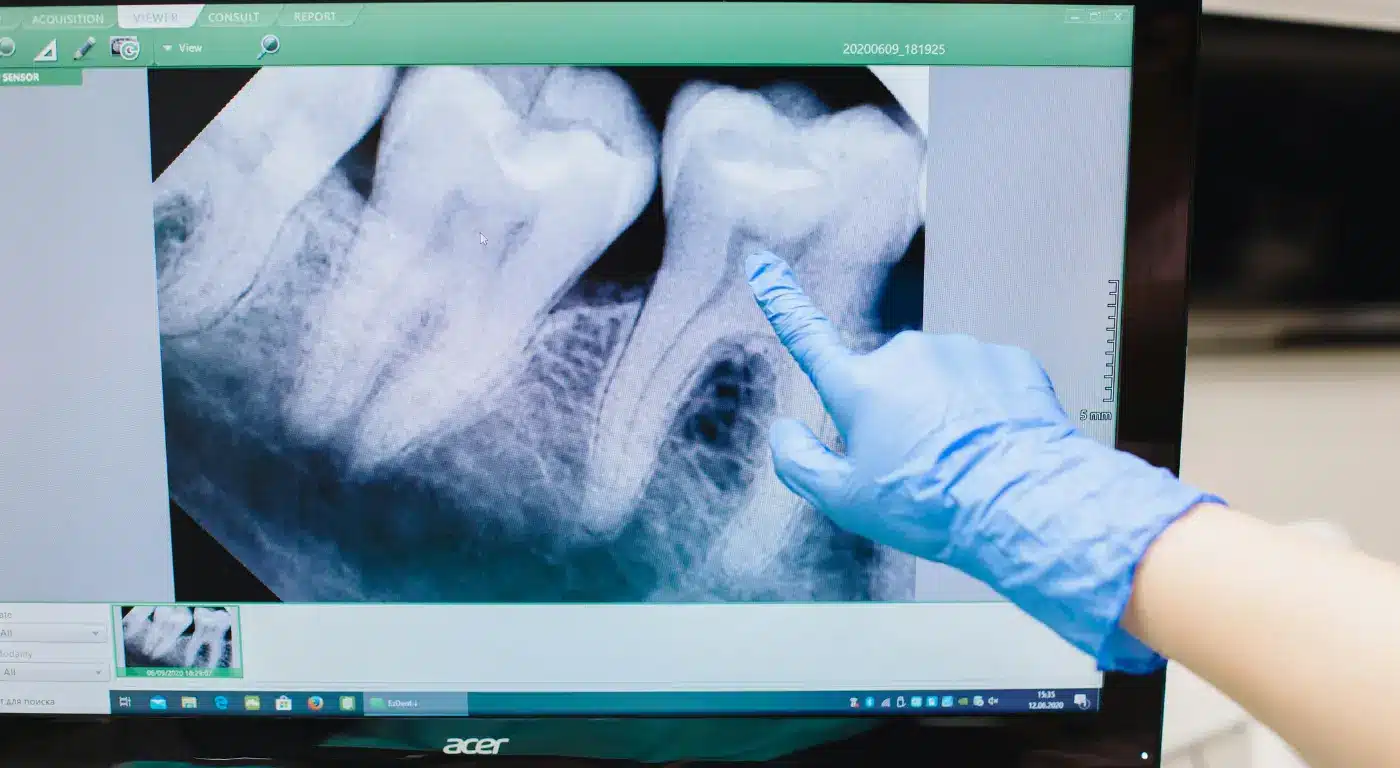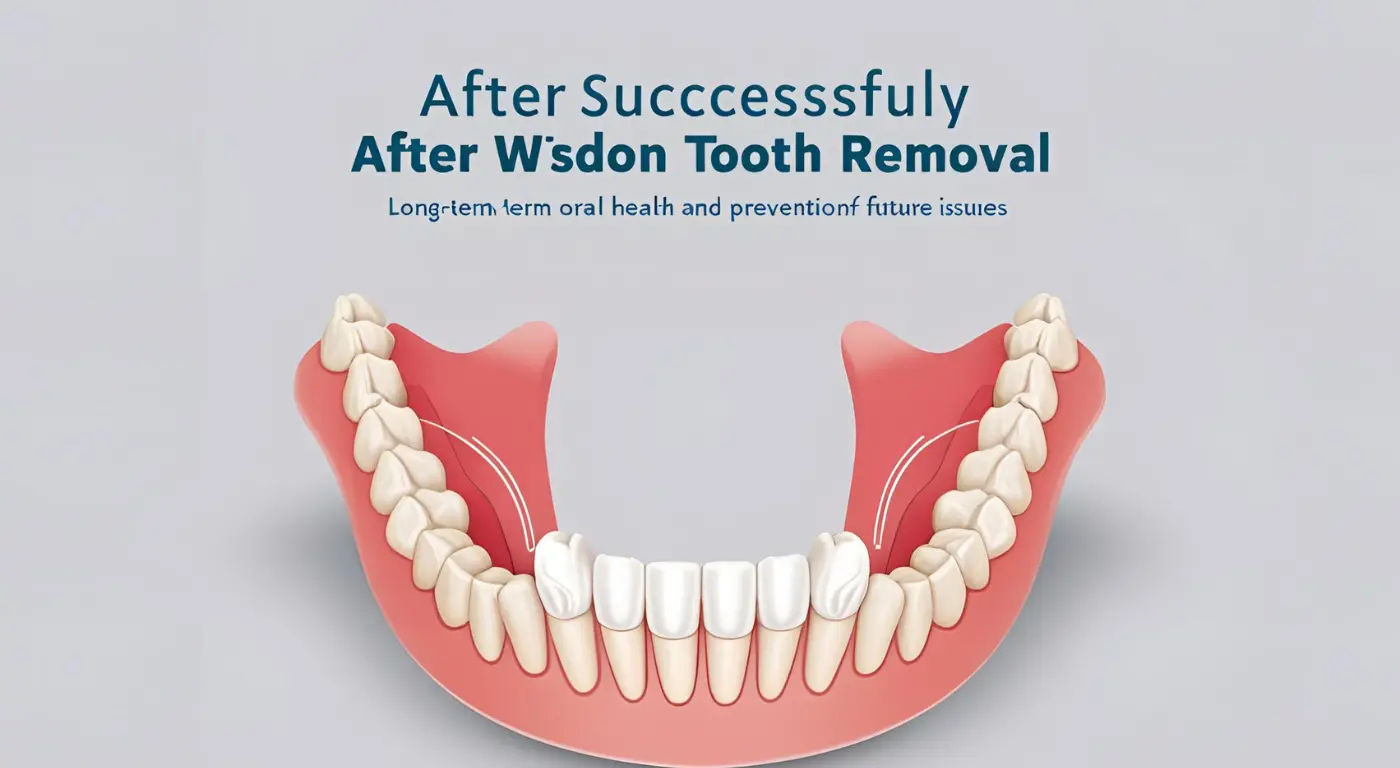The Ultimate Guide to Wisdom Tooth Removal: Everything You Need to Know
As we navigate adulthood, a final set of molars, commonly known as wisdom teeth, typically make their appearance. While for some, these teeth erupt without issue, for a significant majority – around 80% of adults, as statistics indicate – they can lead to a range of problems necessitating wisdom tooth removal. This comprehensive guide will delve into the intricacies of wisdom tooth removal, exploring the reasons behind it, the procedure itself, recovery, and what you can expect. Whether you’re experiencing discomfort or simply seeking information, understanding the process of wisdom tooth removal is crucial for maintaining optimal oral health.
Why is Wisdom Tooth Removal Often Necessary?
The need for wisdom tooth removal arises from several factors, primarily related to the limited space in our modern jaws compared to our ancestors. This evolutionary mismatch often leads to impaction, where the wisdom teeth are unable to fully erupt. Here are the common reasons why wisdom tooth removal becomes a necessity:
Impaction: When Teeth Can’t Erupt Properly
Impacted wisdom teeth are those that are blocked from fully emerging through the gum line. This can occur in various ways:
- Partial Impaction: Only a portion of the wisdom tooth breaks through, creating a flap of gum tissue that can trap food and bacteria, leading to infection.
- Full Bony Impaction: The wisdom tooth remains completely encased within the jawbone.
- Soft Tissue Impaction: The crown of the wisdom tooth has erupted through the bone but is still covered by gum tissue.
Pain and Discomfort: A Common Symptom
One of the most frequent indicators that wisdom tooth removal might be necessary is persistent pain. This pain can stem from the pressure of the erupting tooth against other teeth, inflammation of the surrounding gums (pericoronitis), or even nerve irritation. Ignoring this pain can lead to more severe complications.
Infection and Gum Disease: Pericoronitis
As mentioned earlier, partially erupted wisdom teeth create an ideal environment for bacteria to thrive. This can lead to a localized gum infection called pericoronitis, characterized by pain, swelling, difficulty opening the mouth, and even fever. Recurrent infections are a strong indication for wisdom tooth removal.
Damage to Adjacent Teeth: Pressure and Root Resorption
Misaligned or impacted wisdom teeth can exert pressure on the adjacent second molars. Over time, this pressure can cause damage to these healthy teeth, including:
- Cavities: Difficulty in cleaning around the wisdom teeth can increase the risk of decay in the adjacent molars.
- Root Resorption: In some cases, the pressure from the wisdom tooth can cause the roots of the neighboring tooth to resorb or dissolve.
Cyst Formation: A Rare but Serious Complication
In rare instances, a sac or cyst can form around an impacted wisdom tooth. These cysts can damage the jawbone, nerves, and surrounding teeth, often requiring surgical removal along with the wisdom tooth.
Orthodontic Concerns: Crowding and Alignment
While the direct impact of wisdom teeth on front teeth crowding is debated, some orthodontists recommend wisdom tooth removal to prevent potential future alignment issues, especially after orthodontic treatment.
The Wisdom Tooth Removal Procedure: What to Expect
Understanding the wisdom tooth removal procedure can alleviate anxiety and help you prepare. Here’s a breakdown of what typically happens:
Consultation and Examination: Assessing Your Needs
The first step involves a thorough examination by your dentist or oral surgeon. This usually includes:
- Clinical Examination: Your dentist will assess the position of your wisdom teeth, check for any signs of infection or inflammation, and evaluate your overall oral health.
- X-rays: Panoramic X-rays or cone beam CT scans provide a detailed view of the position, angle, and roots of your wisdom teeth, as well as their relationship to nerves and other structures. This imaging is crucial for planning the wisdom tooth removal surgery.
Anesthesia Options: Ensuring Your Comfort
To ensure a comfortable and pain-free experience, various anesthesia options are available for wisdom tooth removal:
- Local Anesthesia: This numbs the area around the wisdom teeth, allowing you to remain awake during the procedure. It’s typically administered through injections in the gums.
- Sedation Anesthesia: This helps you relax and feel less anxious. Options include nitrous oxide (laughing gas), oral sedation (pills), or intravenous (IV) sedation. You’ll likely be awake but drowsy.
- General Anesthesia: This renders you completely unconscious during the surgery. It’s usually reserved for complex cases or patients with significant anxiety.
Your dentist or oral surgeon will discuss the best anesthesia option for you based on the complexity of the wisdom tooth removal, your anxiety level, and your medical history.
The Surgical Procedure: Step-by-Step
The wisdom tooth removal procedure itself typically involves the following steps:
- Anesthesia Administration: Once you’re comfortable and adequately anesthetized, the surgery will begin.
- Gum Tissue Incision: The surgeon will make a small incision in the gum tissue to expose the wisdom tooth and underlying bone.
- Bone Removal (if necessary): If the wisdom tooth is impacted, some bone covering the tooth may need to be carefully removed.
- Tooth Extraction: The wisdom tooth may be removed in one piece or sectioned into smaller pieces for easier removal, especially if the roots are curved or tangled.
- Wound Cleaning: After the tooth is removed, the socket will be cleaned to remove any debris or infection.
- Stitching (if necessary): In some cases, the gum tissue will be stitched closed to promote healing. These stitches are usually dissolvable or will need to be removed after a week or two.
- Gauze Placement: Gauze packs will be placed over the extraction sites to help control bleeding.
The duration of the wisdom tooth removal procedure can vary depending on the number of teeth being removed, their position, and the complexity of the impaction. It can range from 30 minutes to over an hour.
Wisdom Tooth Removal Recovery: What to Expect After Surgery
The recovery period after wisdom tooth removal is crucial for proper healing and preventing complications. Here’s what you can typically expect and how to manage it:
Immediate Post-Surgery (First 24 Hours)
- Bleeding: Some bleeding is normal for the first few hours. Apply gentle pressure by biting down on the gauze packs provided by your surgeon. Change the gauze as needed, usually every 30-45 minutes.
- Pain and Swelling: Expect some pain and swelling in the surgical area. Your surgeon will likely prescribe pain medication to manage discomfort. Applying ice packs to your face for 15-20 minutes at a time, several times a day, can help reduce swelling.
- Diet: Stick to a soft diet that requires minimal chewing, such as yogurt, smoothies, soup (lukewarm), and mashed potatoes. Avoid hot, hard, or chewy foods.
- Hydration: Drink plenty of fluids, but avoid using straws, as the sucking action can dislodge blood clots and lead to a painful condition called dry socket.
- Rest: Get plenty of rest and avoid strenuous activity for at least 24-48 hours.
Days 2-7: Continued Healing
- Swelling and Bruising: Swelling may peak around 2-3 days after surgery and then gradually subside. Bruising on the face and neck is also possible.
- Pain Management: Continue taking pain medication as prescribed or over-the-counter pain relievers as needed.
- Oral Hygiene: Gently rinse your mouth with a warm salt water solution (1/2 teaspoon of salt in 8 ounces of water) several times a day, especially after meals, to keep the surgical sites clean. Avoid brushing directly over the extraction sites for the first few days.
- Diet Progression: Gradually introduce slightly more solid foods as you feel comfortable. Continue to avoid hard, chewy, or crunchy foods that could irritate the healing sites.
- Avoid Smoking: Smoking significantly delays healing and increases the risk of complications like dry socket.
Week 2 and Beyond: Full Recovery
- Stitch Removal (if non-dissolvable): If you have non-dissolvable stitches, your surgeon will schedule an appointment to remove them, usually within 7-10 days.
- Gradual Return to Normal Diet: You should be able to gradually return to your normal diet as the healing progresses.
- Continued Oral Hygiene: Maintain good oral hygiene practices, including regular brushing and flossing (being gentle around the surgical areas until fully healed).
- Complete Healing: Complete healing of the wisdom tooth removal sites can take several weeks to a few months, depending on the complexity of the extraction.
Potential Risks and Complications of Wisdom Tooth Removal
While wisdom tooth removal is generally a safe and routine procedure, like any surgery, it carries some potential risks and complications:
- Dry Socket (Alveolar Osteitis): This is a painful condition that occurs when the blood clot at the extraction site is dislodged prematurely, exposing the underlying bone and nerves. It typically develops a few days after surgery.
- Infection: Infection at the surgical site can occur, characterized by increased pain, swelling, redness, and pus.
- Nerve Injury: In rare cases, the nerves in the lower jaw that provide sensation to the lip, chin, and tongue can be temporarily or, very rarely, permanently damaged during wisdom tooth removal. Your surgeon will take precautions to minimize this risk.
- Bleeding: Prolonged or excessive bleeding after surgery can occur.
- Damage to Adjacent Teeth: Although uncommon, there is a slight risk of damage to nearby teeth during the extraction process.
- Sinus Communication: Removal of upper wisdom teeth can sometimes create an opening (communication) between the mouth and the sinus cavity. This usually heals on its own but may require additional treatment in some cases.
Your dentist or oral surgeon will discuss these potential risks with you before the wisdom tooth removal procedure and provide instructions on how to minimize them.
Benefits of Wisdom Tooth Removal: Long-Term Oral Health
While the thought of wisdom tooth removal might seem daunting, the long-term benefits for your oral health are significant:
- Pain Relief: Eliminating the discomfort caused by impacted or erupting wisdom teeth.
- Prevention of Infection: Reducing the risk of pericoronitis and other infections associated with partially erupted teeth.
- Protection of Adjacent Teeth: Preventing damage, cavities, and root resorption in the neighboring molars.
- Reduced Risk of Cysts and Tumors: Eliminating the potential for cyst or tumor formation around impacted wisdom teeth.
- Improved Oral Hygiene: Making it easier to clean the back of your mouth and maintain overall oral health.
- Potential Improvement in Orthodontic Outcomes: Preventing potential future crowding or misalignment.
Investing in Your Oral Health with Wisdom Tooth Removal
Dealing with wisdom teeth is a common experience for many adults, and understanding when wisdom tooth removal is necessary is a crucial step in maintaining a healthy smile. While the procedure and recovery require commitment, the long-term benefits of pain relief, infection prevention, and protection of your other teeth make wisdom tooth removal a worthwhile investment in your overall oral health. If you’re experiencing wisdom tooth problems or have concerns, consult with your dentist or an oral surgeon to discuss your options and ensure a smooth and comfortable experience. Remember, addressing these issues proactively can save you from more significant problems down the road.











